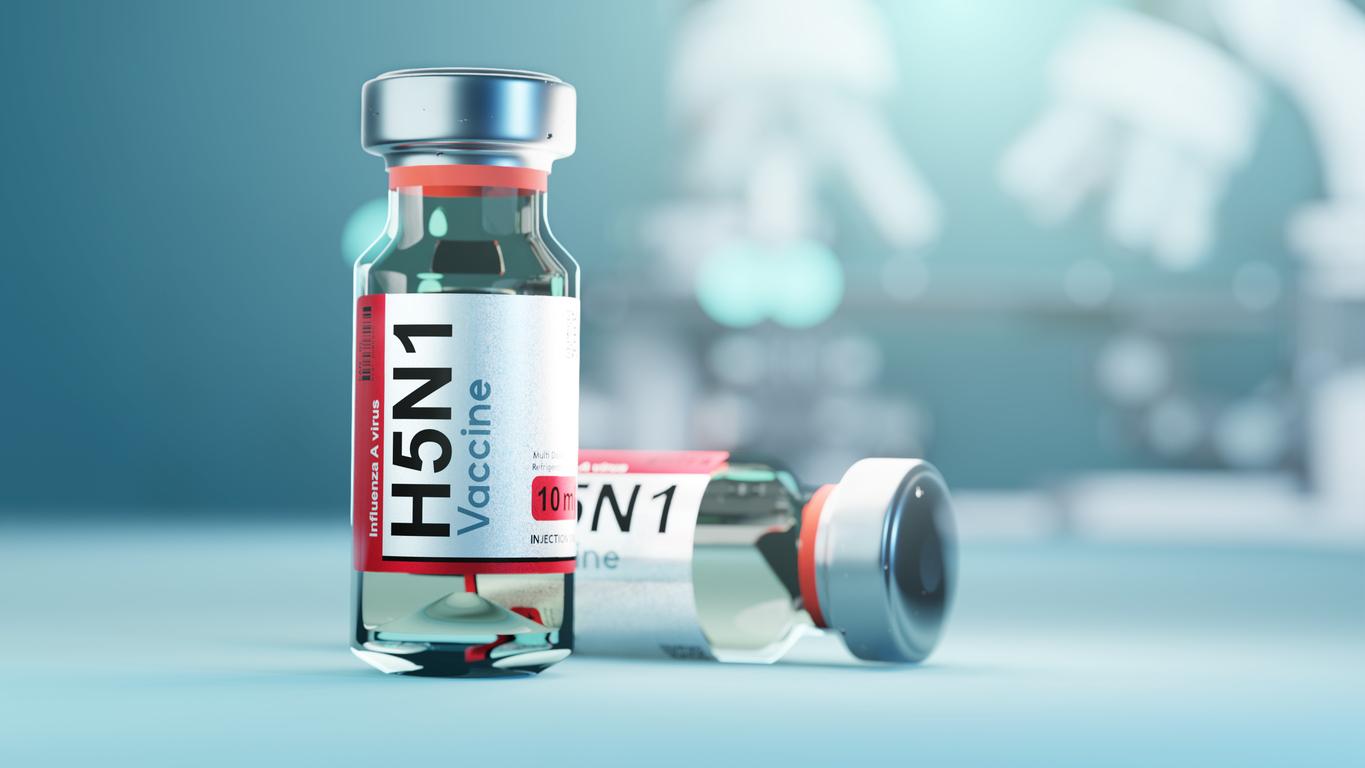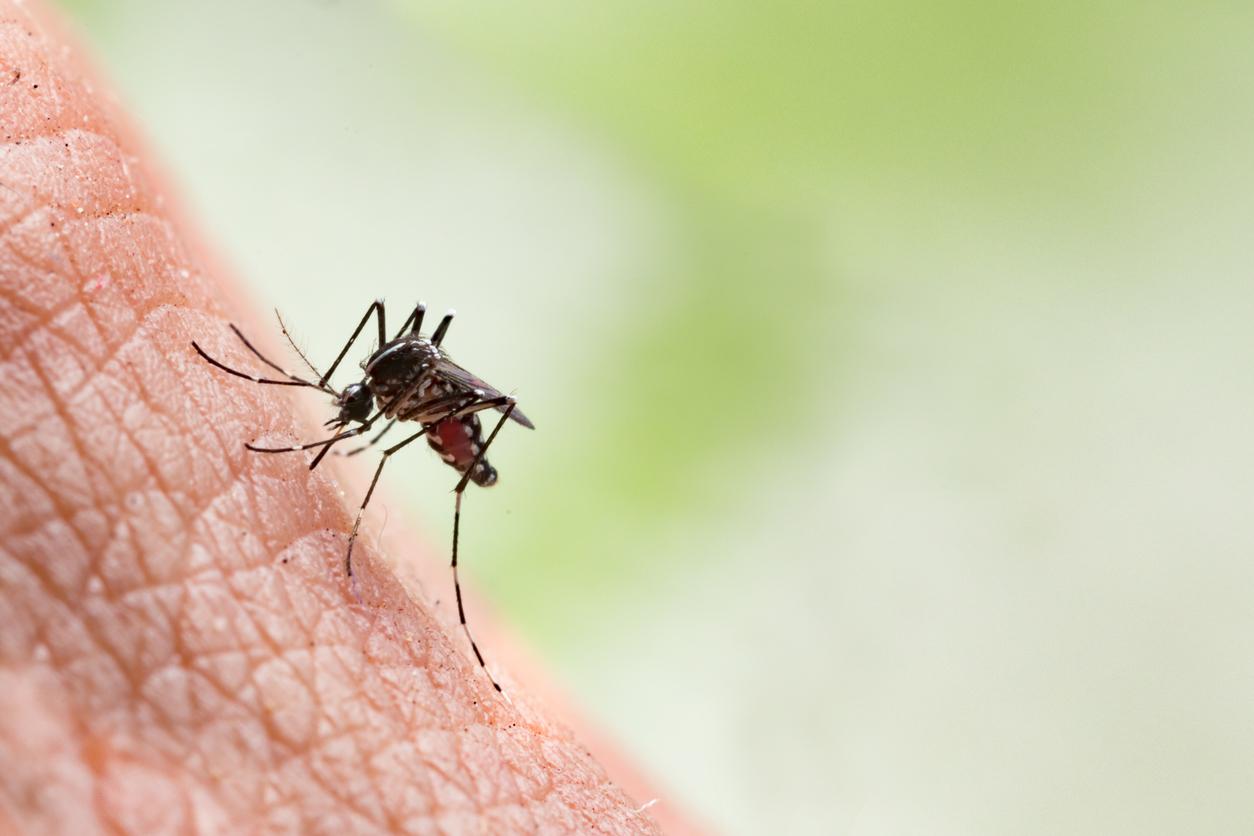
January 14, 2017.
Each year, 4,000 people die from healthcare-related infections, also known as nosocomial diseases. But how can this number of deaths be reduced?
4,000 deaths each year due to nosocomial diseases
Nosocomial diseases are very little known. However, each year, 750,000 people contract an infection following a visit to a hospital or a doctor’s office. These infections can be transmitted by other patients, by healthcare workers or by the hospital environment. Badly washed or poorly maintained, hospital equipment can indeed carry viruses, bacteria or fungi.
According to a study carried out by researchers from the National Institute for Public Health Surveillance (InVS) in 2012, 1 in 20 hospitalized patients contract a nosocomial disease in hospital. And unsurprisingly, it is the patients who stay the longest in a healthcare establishment (between 30 to 89 days, according to Inserm) who have an increased risk of developing this type of disease.
Reduce the number of infected patients
Also mainly affected by the risk of infection, patients aged 65 and over, patients with severe disease or those who are immunocompromised, especially after chemotherapy. To reduce the number of patients affected by these infections, the government wanted, via a decree published in early February in the Official Journal, require doctors to inform ” without delay »The director general of the regional health agency (ARS), in case of nosocomial infection.
The aim is to take the necessary measures as quickly as possible to prevent any new infection and stop the spread of viruses. It is indeed important to note thata patient who has such a disease can turn against the state and seek compensation. Another change: in each region, a ” support center for the prevention of healthcare-associated infections Will be created. Whether this will be effective remains to be seen.
Read also: The bacteria and the hospital, it’s difficult …

















